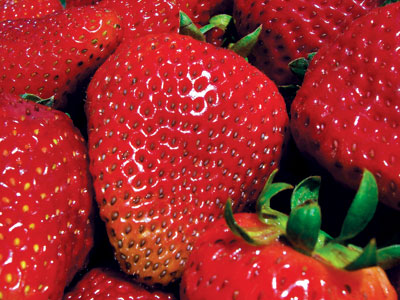All Nonfiction
- Bullying
- Books
- Academic
- Author Interviews
- Celebrity interviews
- College Articles
- College Essays
- Educator of the Year
- Heroes
- Interviews
- Memoir
- Personal Experience
- Sports
- Travel & Culture
All Opinions
- Bullying
- Current Events / Politics
- Discrimination
- Drugs / Alcohol / Smoking
- Entertainment / Celebrities
- Environment
- Love / Relationships
- Movies / Music / TV
- Pop Culture / Trends
- School / College
- Social Issues / Civics
- Spirituality / Religion
- Sports / Hobbies
All Hot Topics
- Bullying
- Community Service
- Environment
- Health
- Letters to the Editor
- Pride & Prejudice
- What Matters
- Back
Summer Guide
- Program Links
- Program Reviews
- Back
College Guide
- College Links
- College Reviews
- College Essays
- College Articles
- Back
Soul Food MAG
Next time you’re outside, look around. Look left, right, across the street, under your toes. What do you see? If your neighborhood is like mine, you’re probably surrounded by green lawns, perhaps a row of flowers or a bush. Now, think of everything that goes into keeping those plants alive and perfectly green: fertilizers, pesticides, lawn mowers, and of course, lots of water.
We quench our yards with gallons of water every day, while millions of people around the world don’t have clean water to drink. We bring in beautiful but invasive flowers to break up the monotony of our lawns, but they choke out native plants and interrupt delicate local ecosystems. We douse our yards in poisonous chemicals to eliminate any variation in the green carpet. No surprises, no spontaneity. Everything in its place. But these pesticides and weed killers run off into streams and rivers, thanks to our advanced sprinkler systems. Swimming, anyone?
Meanwhile, inside our homes, we’re shocked to learn of pesticide residue on our produce, so we rush to Whole Foods and buy expensive organic apples, which are hauled from California by trucks spewing carbon dioxide across the nation.
This isn’t how it has to be.
Imagine a different kind of green: the green of lettuce and rhubarb and young tomatoes just beginning to blush red. Feathery tops of carrots, delicate leaves of a blueberry bush, string beans climbing a fence.
We don’t need to poison our yards to keep them beautiful. We don’t need to pay three dollars for a handful of “eco-friendly” blueberries from the other side of the country. We don’t need our foods to be pre-packaged into 100-calorie packs.
How about making jam with those kids across the street, or helping your little sister plant a pear tree that will be there when she graduates? When we garden, not only are we more connected with the seasons and the earth but we grow closer to one another.

Similar Articles
JOIN THE DISCUSSION
This article has 12 comments.
2 articles 0 photos 3 comments